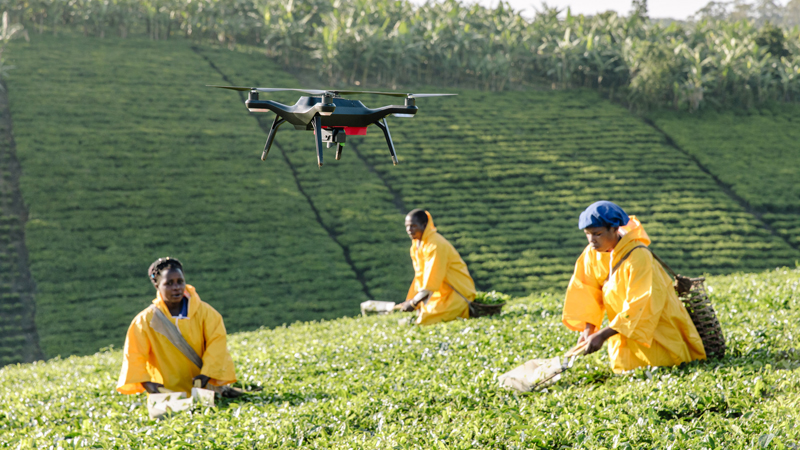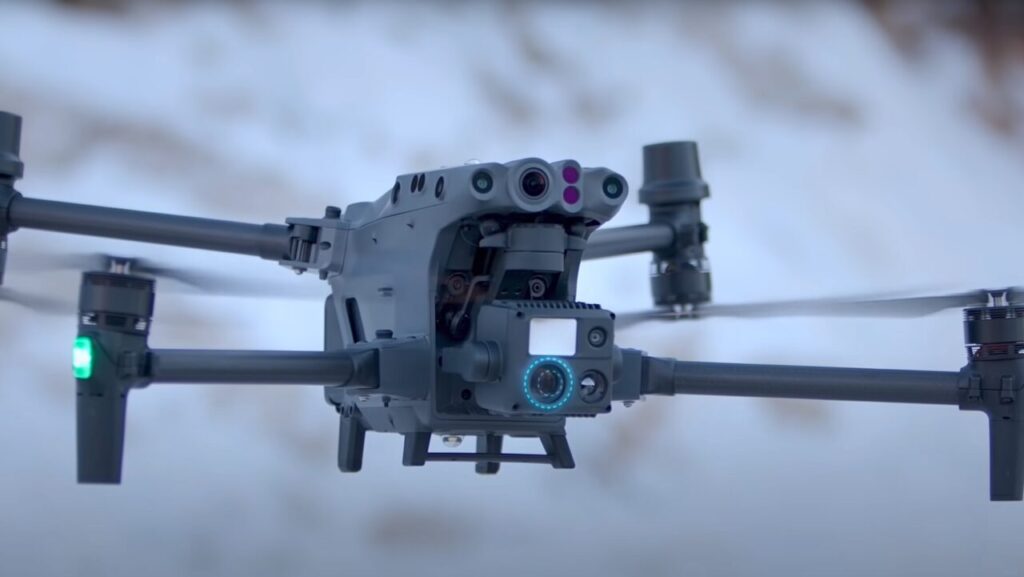Overview
Agriculture stands as the world’s largest sector, employing over one billion individuals and yielding a yearly food value exceeding $1.3 trillion. Approximately 50% of Earth’s habitable land is occupied by pasture and cropland, offering sustenance and homes to a diverse range of species. When agricultural activities are managed sustainably, they hold the potential to safeguard and rehabilitate crucial habitats, safeguard watersheds, and enhance soil and water quality. However, unsustainable practices wield severe repercussions for both the environment and people. The necessity for sustainable resource management grows more pressing as the global population expands, leading to an escalated demand for agricultural products. With its intricate ties to the global economy, human societies, and biodiversity, agriculture stands at the forefront of worldwide conservation efforts.
Practitioners of sustainable agriculture aim to incorporate three primary objectives: ecological well-being, economic viability, and societal fairness. Every participant in the food system, including growers, distributors, consumers, and waste managers, plays a role in establishing a sustainable agricultural framework. Numerous practices prevalent in sustainable agriculture and food systems promote environmentally-friendly practices. Growers adopt techniques that nurture soil health, minimize water consumption, and reduce farm pollution. Environmentally-conscious consumers and retailers can opt for “values-based” food produced using methods that prioritize farmworker welfare, ecological sensitivity, and local economic support.
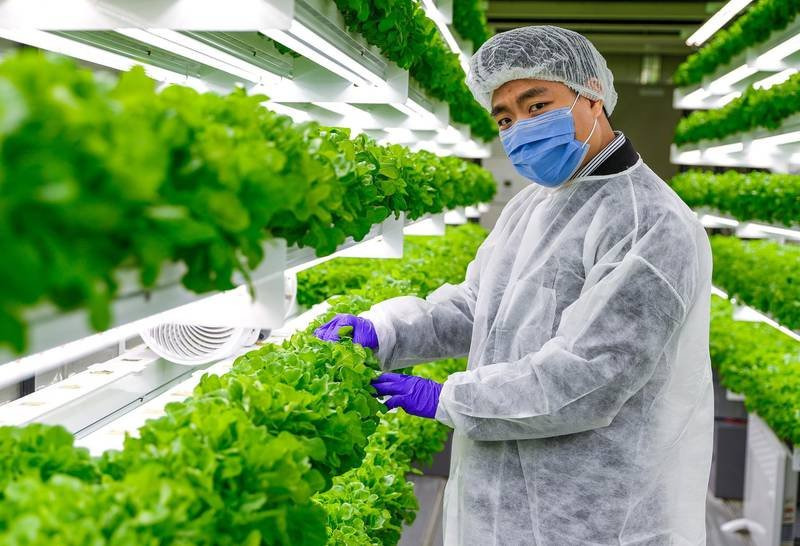
Why it matters
The whereabouts and ways of food production have emerged as a paramount conservation concern in the 21st century. The challenge of sustaining life on an increasingly populated planet, with a global population exceeding 7 billion, becomes more complex by the day. Looking ahead to 2050, the planet will accommodate an additional 2 billion individuals. With that in mind, we need to prompt the question: How can we adequately feed this growing population? As people’s financial resources increase, this challenge takes on even greater dimensions.
In contrast to industrial agriculture, sustainable farming revolves around various farming systems that employ various crops. Diverse plants within this farming approach enhance resilience against pests, diseases, and drought. Furthermore, sustainable farms adopt a cooperative model by integrating plant and animal production, fostering a wholesome environment for wildlife, pollinators, and human beings.
Sustainable agriculture predominantly operates on a local scale, prioritizing domestic food production. This localized approach empowers farmers to reinvest their earnings back into their communities, creating a circulation of resources that contributes to improved living standards and the creation of rural employment opportunities.
Through sustainable farming, we are addressing conservation challenges and nurturing local communities, ensuring a balanced and prosperous future for both the environment and society.
Impacts
| Pollution | Agriculture stands as a leading contributor to pollution in numerous countries. Pesticides, fertilizers, and other harmful chemicals utilized in farming have the capacity to contaminate freshwater sources, marine ecosystems, air quality, and soil health. These substances often persist in the environment for extended periods, spanning generations. Many pesticides are under suspicion for their potential to disrupt the hormonal systems of both humans and wildlife. The runoff of fertilizers further influences water bodies and poses a threat to delicate coral reefs. |
| Poverty | For approximately three-quarters of the global population situated below the poverty line, farming remains the sole feasible means of sustenance. The agricultural subsidies extended by US and European governments often foster excessive production, leading to global price reductions that compel producers in developing nations to compromise environmental standards. This situation triggers a cascade effect, as struggling producers expand their activities into nearby untamed territories brimming with biodiversity, thereby intensifying a cycle of poverty and biodiversity loss. |
| Water Consumption | Roughly 69% of the Earth’s available freshwater is utilized by the agricultural industry. Unless innovative methods of preserving water are implemented, the process of agricultural production uses an undue amount of water and leads to the deterioration of water purity. This has negative effects on freshwater ecosystems worldwide. |
| Climate Change | Numerous agricultural techniques, including field burning and the use of machinery powered by gasoline, play a substantial role in the accumulation of greenhouse gases in the air. According to the United Nations Food and Agriculture Organization (FAO), the livestock industry in isolation accounts for 18% of total greenhouse gas emissions. Moreover, the act of clearing land for farming significantly contributes to climate change, as the carbon stored in untouched forests is released into the atmosphere when they are either cut down or burned. |
Functions of Drones for Sustainable Agriculture
Monitoring
The robust functionalities of drones are instrumental in streamlining the labor-intensive task of assessing soil health. Unmanned Aerial Vehicles (UAVs) collect and process data from monitoring systems, offering a means to oversee, adjust, and sustain the condition and well-being of the soil. Additionally, drone technology has the potential to enhance soil vitality by facilitating the delivery of necessary nutrients. Drones execute this responsibility of monitoring soil health by utilizing their data processing capabilities and generating three-dimensional maps.
The skill to evaluate, diagnose, and inspect these crops for any deficiencies is within their capacity. Utilizing high-quality cameras and sensors, enhanced with laser technology, they contribute to the efficient accomplishment of diverse assignments. Furthermore, Unmanned Aerial Vehicles are employed to instantly chart these imperfections, and the collected and analyzed data can be leveraged to inform further decisions regarding the crops.
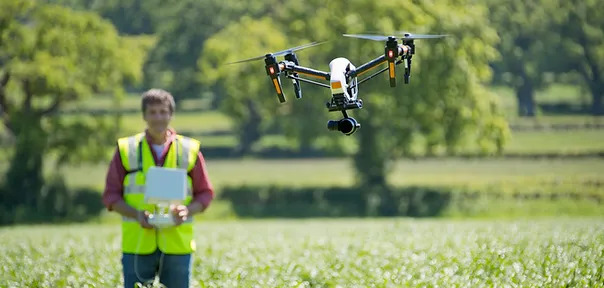
Fertilising Crop
Drones and their applications have played a role in streamlining the laborious task of agricultural fertilization. Their innovative and robust nature significantly assists farmers across a range of tasks and activities. The precision and swiftness of drones enable the precise delivery of fertilizers to specific locations in cases where crops exhibit inadequate growth. Additionally, drones can dispense pesticides directly from the air to eradicate pests and diseases.
Agricultural drones like Mist Drones come with a 20 Litre tank to extend their flight duration and enhance fertilizer spraying capabilities. The Mist Drone boasts an adaptable design that allows for the interchange of its water tank with a spreader system, facilitating the even distribution of solid materials across your fields. The Mist Drone not only offers automated spraying but also empowers you to finely adjust the spraying process, providing the utmost versatility and optimal outcomes.
Precision agriculture practices, which can help farmers make better-informed decisions, have evolved significantly over recent years, with the global market now estimated to reach $43.4 billion by 2025. While drones, also known as unmanned aerial vehicles (UAVs), have not yet made it into the mainstream agriculture space, they are playing an increasingly important role in precision farming, helping agriculture professionals lead the way with sustainable farming practices, while also protecting and increasing profitability.

Decrease the use of Fossil Fuel
Through the utilization of data-supported precise interventions, farmers and agribusinesses can diminish the usage of chemicals. Additionally, drones lessen the necessity for fossil fuels that are typically essential for conventional methods involving cumbersome labor machinery. This aspect holds considerable importance as it can notably curtail the carbon footprint of the agricultural sector.
Drones operate using intelligent batteries and pose no threat to the atmosphere or surroundings. By curbing pollution and contributing to environmental well-being, drones can actively contribute to our endeavors to combat the challenges posed by the climate crisis.
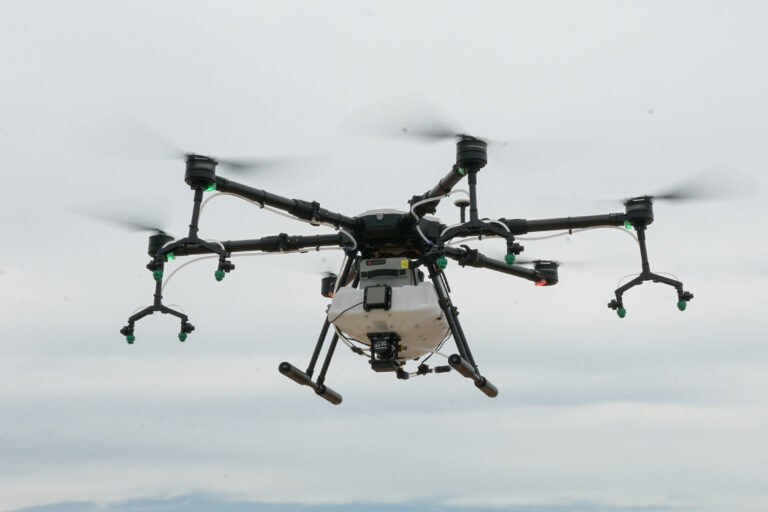
Conclusion
In conclusion, the integration of drones into sustainable agriculture represents a transformative leap forward in how we approach food production and land management. Drones offer a versatile array of capabilities that extend far beyond traditional methods, enabling farmers to enhance crop health, conserve resources, and reduce environmental impact. As we navigate the challenges of a changing climate and growing global demand for food, drones emerge as a vital tool in creating a more resilient, efficient, and environmentally conscious agricultural landscape. Their potential to revolutionize the way we farm is not just promising but essential for building a more sustainable future.

